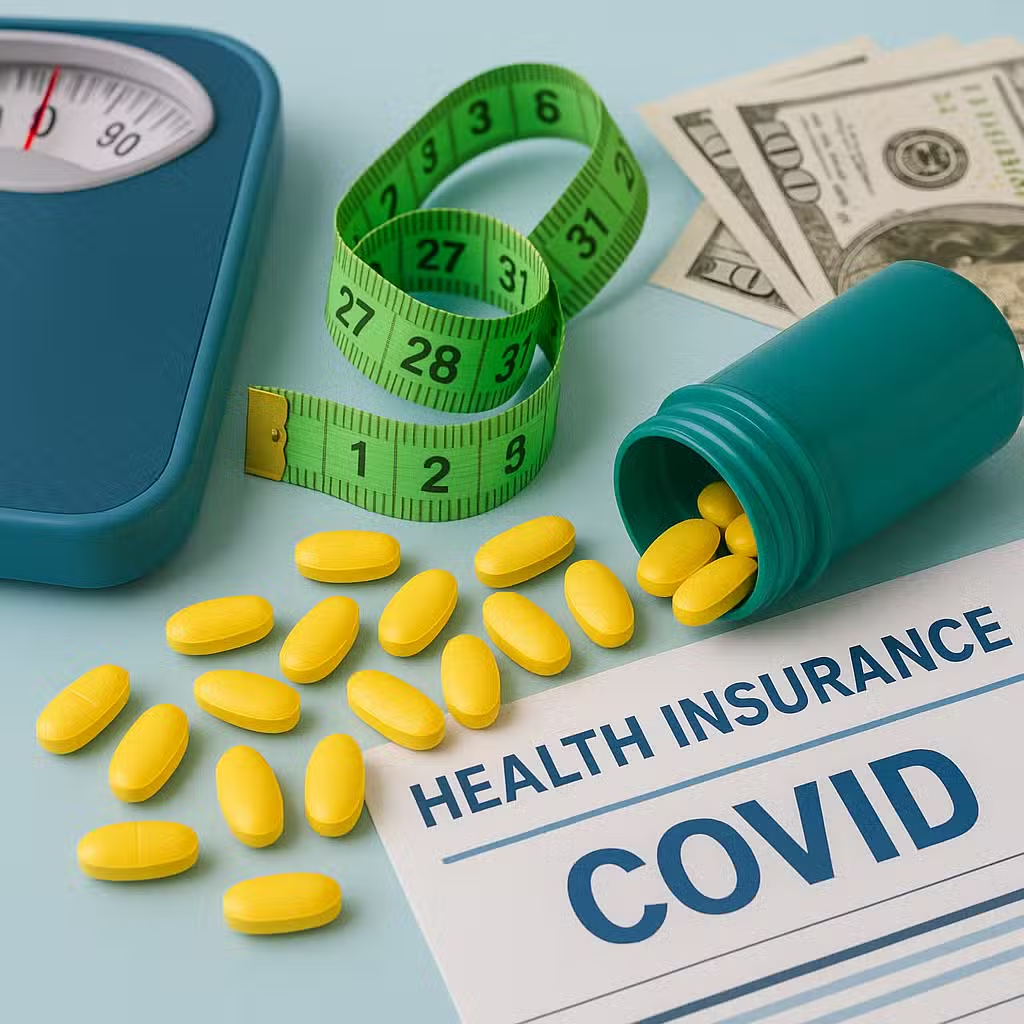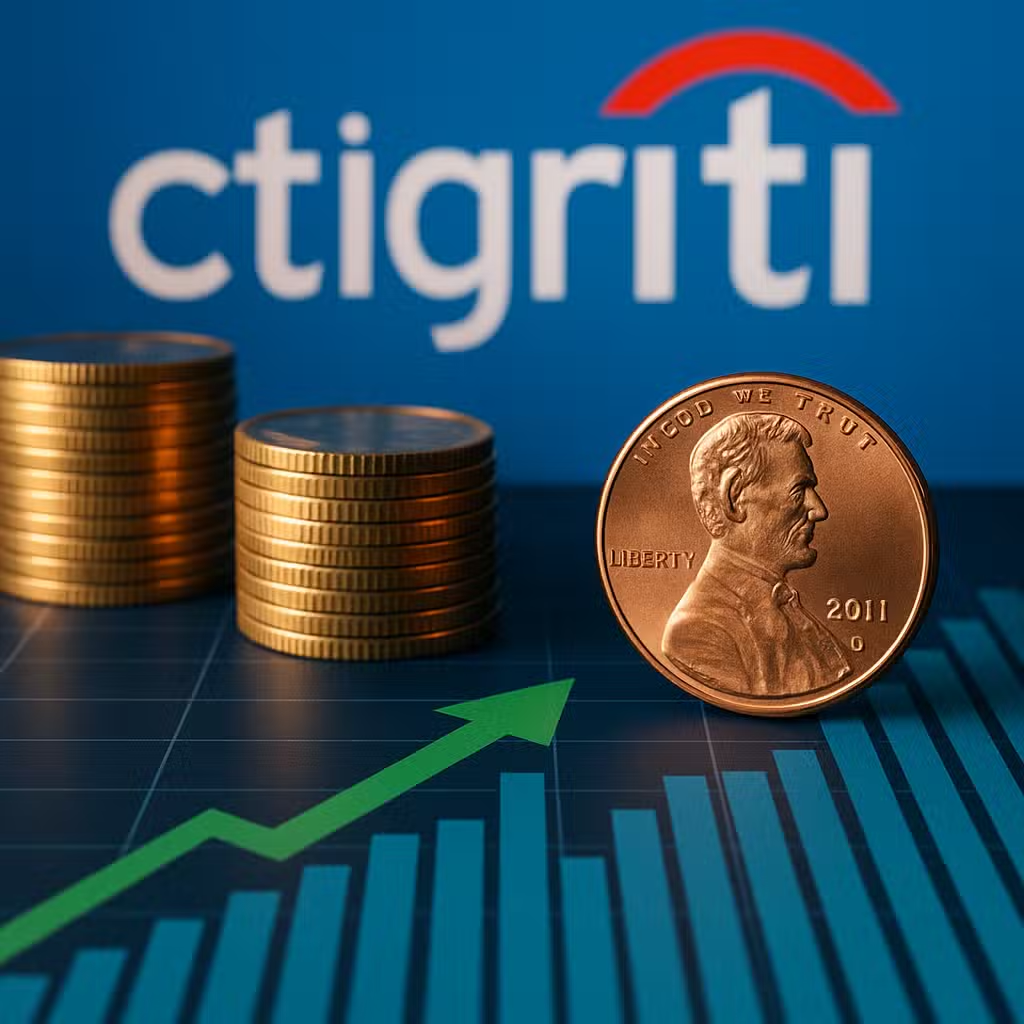Weight Loss Drug Market Evolves: New Pills, Rising Competition, and Shifting Insurance Impact Investors
Imagine the race to create the next big smartphone—everyone wants the latest, most effective, and easiest-to-use model. Right now, a similar race is happening in the world of weight loss and diabetes drugs, with huge impacts for investors and the healthcare market.
Why Investors Should Care
The market for weight loss drugs is booming. Experts like McKinsey predict it could reach $100 billion by 2030, with 25 to 50 million Americans possibly using these medicines (source). This isn’t just about health—it’s a major investment story, affecting stocks, insurance companies, and even employers’ bottom lines.
As demand grows, the competition between giants like Eli Lilly and Novo Nordisk is heating up. Both are racing to make their drugs better, cheaper, and easier to access—while new challengers try to join the race.
Bullish Case: Growth Drivers
- Strong Demand: Eli Lilly’s drugs now hold nearly 60% of U.S. injectable prescriptions. Demand is still growing, with supply issues starting to ease.
- Expanding Uses: These drugs are now used for more than just weight loss—some treat sleep apnea, heart, and kidney problems, making them even more valuable.
- New Pills Coming: Pills could soon replace shots, making treatment easier for millions who don’t like needles.
- Discounts and Coverage: More employers are covering these drugs, and companies are rolling out discounts for patients paying cash.
- Room for Innovation: New companies and drugs (like Amgen’s MariTide or Merck’s deals in China) could grow the market even more.
Bearish Case: Challenges and Risks
- Insurance Barriers: Many insurers, including Medicare, don’t cover these drugs for weight loss—leaving a $1,000/month bill for many patients.
- Copycat Trouble: Cheaper, compounded versions are eating into profits for big companies, and lawsuits are everywhere.
- Side Effects: Some patients stop taking the drugs due to nausea or vomiting, which could limit long-term use and health benefits.
- Pricing Pressure: As competition grows and pills arrive, prices could drop, hurting profits.
- Execution Risks: Novo Nordisk recently lost market share and had to cut jobs, while new drugs from all players must still prove themselves in big clinical trials.
What’s Happening Now
Eli Lilly has pulled ahead, thanks to drugs seen as more effective and better tolerated than Novo Nordisk’s. But both companies are investing billions to boost supply and fight back against copycat drugs made by compounding pharmacies.
Meanwhile, insurance coverage is slowly improving, especially as these drugs show benefits for heart and kidney health. Still, many employers are cautious about costs, and some are waiting to see how new oral pills will change demand.
The biggest change on the horizon: pills. Novo Nordisk and Eli Lilly are both working on daily pills for weight loss. Analysts at Goldman Sachs think pills could make up 24% of the global market by 2030, worth about $22 billion (source).
But these pills may not work as well as injections, and some could have more side effects. If they’re priced too high, insurance companies might not cover them either.
Competition Is Rising
Other drugmakers, big and small, are trying to join the market with new kinds of weight loss drugs. Some target different hormones or aim for fewer side effects. Amgen, for example, is testing a monthly shot that works differently and could help people who don’t respond to current drugs.
Chinese drugmakers are also making deals, and U.S. biotechs hope to partner with bigger firms. But experts say it’s hard to stand out unless a new drug is much better or easier to use.
Investor Takeaway
- Watch the Leaders: Eli Lilly and Novo Nordisk still dominate, but keep an eye on new pills and smaller rivals that could shake up the market.
- Monitor Insurance Trends: Expanding coverage or Medicare changes could unlock millions of new customers.
- Track Clinical Data: Pay attention to big trial results for new drugs—especially new pills and “next-gen” treatments.
- Consider Pricing Pressure: Expect prices to come down as more competitors enter, which could hurt profits but help adoption.
- Diversify Exposure: Investors might want to look at both established leaders and innovative upstarts for balanced risk and reward.
For the full original report, see CNBC







